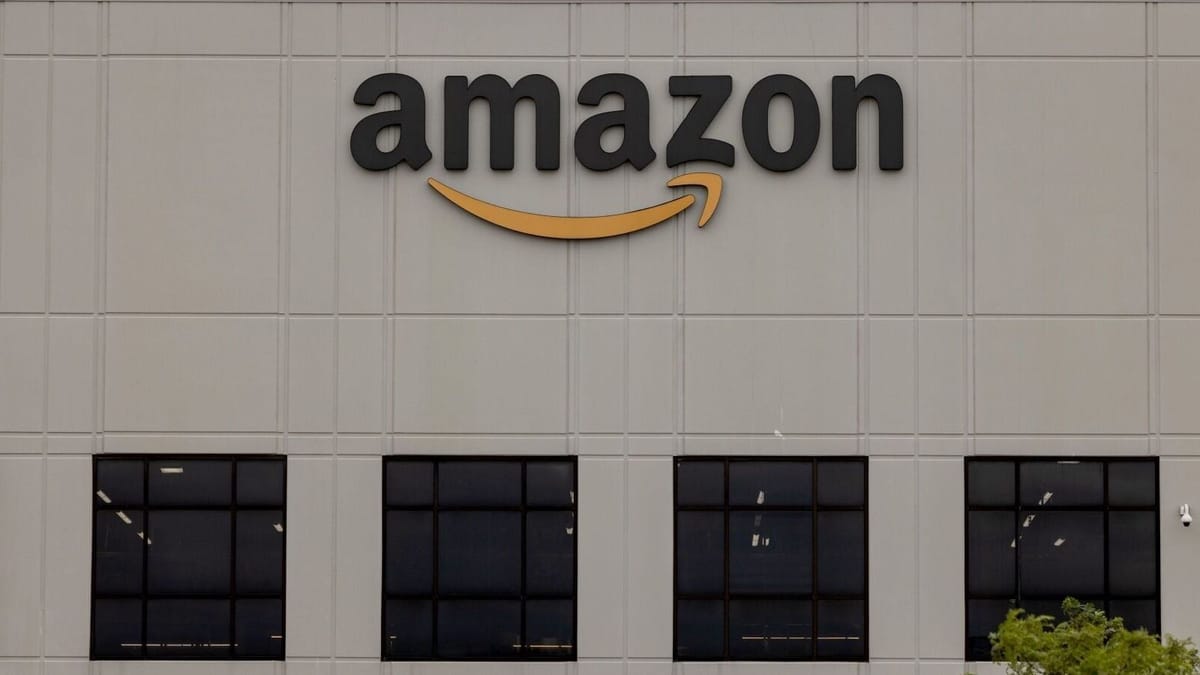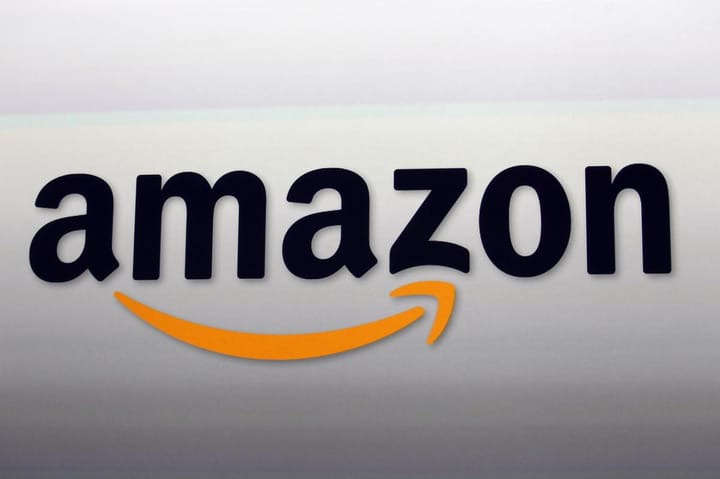Amazon to Cut 30,000 Jobs in Largest Layoffs in Company History Amid AI Shift and Cost-Cutting Drive

Amazon prepares for the biggest layoffs in its history
Amazon is reportedly preparing to announce the largest layoffs in its corporate history, marking another major shake-up in the tech industry. According to a person familiar with the matter, the company will begin notifying affected employees via email on Tuesday morning, as part of a sweeping plan to reduce costs and reshape its workforce for the AI-driven future.
The layoffs are expected to affect around 30,000 corporate employees, spanning nearly every business unit within the company. This would represent the biggest round of job cuts ever for Amazon and one of the largest workforce reductions in the global tech sector since 2020.
Amazon has declined to comment on the reports.
How big is Amazon’s workforce?
As of the end of the second quarter, Amazon employed more than 1.54 million people worldwide, making it the second-largest private employer in the United States, after Walmart. Most of these workers are employed in Amazon’s vast network of warehouses and logistics centers, but the company also has roughly 350,000 corporate employees—the primary group affected by these layoffs.
If the reported 30,000 corporate layoffs move forward, the cuts will impact nearly 10% of Amazon’s white-collar workforce.
Part of a larger wave of tech industry job cuts
The reported cuts at Amazon would make it the largest layoff event in the tech industry since the pandemic, surpassing recent job reductions by Microsoft, Meta, and Google.
According to Layoffs.fyi, a website that tracks job cuts across the technology sector, over 200 tech companies have laid off approximately 98,000 employees so far this year. Amazon’s reported layoffs would more than triple that total.
In comparison:
- Microsoft has laid off about 15,000 employees in 2025.
- Meta recently eliminated 600 jobs in its artificial intelligence division.
- Google cut more than 100 roles in its cloud design unit.
- Salesforce laid off 4,000 workers, citing increased automation through AI.
- Intel has recorded 22,000 job cuts this year, one of the largest among major tech firms.
The tech sector’s worst year for job cuts remains 2023, when nearly 1,200 companies slashed over 260,000 jobs amid economic uncertainty, high inflation, and interest rate hikes.
The role of AI in reshaping Amazon’s workforce
Amazon’s CEO Andy Jassy has been clear that generative AI is playing a significant role in reshaping the company’s workforce needs. As AI-driven tools become more capable, Amazon expects to need fewer employees in certain operational and administrative roles while expanding its hiring in areas like machine learning, AI infrastructure, and cloud innovation.
In a June memo to staff, Jassy said the company “will need fewer people doing some of the jobs that are being done today, and more people doing other types of jobs.” He added that it’s difficult to predict the full impact but acknowledged that Amazon’s corporate workforce will likely shrink in the next few years.
Cost-cutting and restructuring since the pandemic
These layoffs are part of Amazon’s ongoing cost-cutting campaign, which began during the Covid-19 pandemic. As online sales soared in 2020 and 2021, Amazon expanded rapidly—only to face slowing growth and overcapacity when the pandemic boom faded.
Since 2022, Amazon has been conducting rolling layoffs across multiple departments, cutting over 27,000 jobs in that period. Divisions including Amazon Web Services (AWS), Stores, Communications, and Devices have all seen reductions.
CEO Andy Jassy’s strategy focuses on simplifying the company’s corporate structure, flattening management layers, and redirecting investments toward higher-growth areas like AI, cloud computing, and automation.
In internal communications, Jassy emphasized his plan to make Amazon a “leaner, faster organization,” stating that removing unnecessary managerial layers would help “speed up decision-making and improve accountability.”
Why Amazon’s move matters
Amazon’s layoffs signal more than just cost-cutting—they highlight a transformational shift underway in the tech world. The rise of AI and automation is forcing even the biggest companies to rethink how they operate, which roles are essential, and how to balance human talent with machine intelligence.
By reducing its corporate workforce, Amazon is following a broader trend in which major corporations are restructuring around AI capabilities. The company’s heavy investment in AI tools—ranging from retail logistics optimization to generative AI features in AWS—means many traditional roles may soon be automated or replaced by more specialized, tech-driven positions.
The bigger picture: tech’s evolving workforce
Across industries, AI is quickly becoming both an opportunity and a disruption. Banks, carmakers, and retailers alike are signaling that AI adoption will reshape their staffing needs. Some jobs will disappear as automation increases, while others will emerge in areas like data science, cybersecurity, AI ethics, and cloud engineering.
In Amazon’s case, the transition is particularly symbolic. The company has long been known for pushing efficiency to its limits—through robotics in warehouses, algorithmic supply chain systems, and now, AI integration across every part of its business.
While these moves may strengthen Amazon’s competitive edge, they also raise questions about the future of work in the tech industry and how employees will adapt to the new AI-driven landscape.
What comes next
Employees affected by the layoffs are expected to receive email notifications starting Tuesday morning, with details about severance packages, transition assistance, and reemployment support.
The coming weeks will likely bring more clarity on which teams and regions are most affected. However, with the scope spanning “almost every business,” the cuts are expected to reach across Amazon’s cloud services, e-commerce, logistics, and devices divisions.
As Amazon prepares for this major internal shake-up, analysts say the move reflects both financial caution and technological ambition—a sign that the company is bracing for a new era of AI-driven competition and leaner operations.
Final thoughts
Amazon’s plan to cut up to 30,000 corporate jobs marks a defining moment in the company’s history—and a turning point for the global tech industry. The layoffs underscore the growing pressure on even the largest corporations to stay efficient, profitable, and future-ready in the face of rapid technological change.
As the company pivots toward AI and automation, the impact of these cuts will ripple far beyond Amazon’s headquarters—signaling that the next chapter of the tech economy may be written by machines as much as by people.


